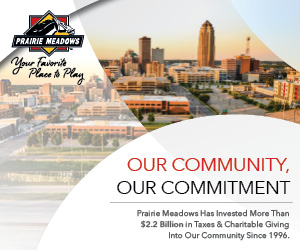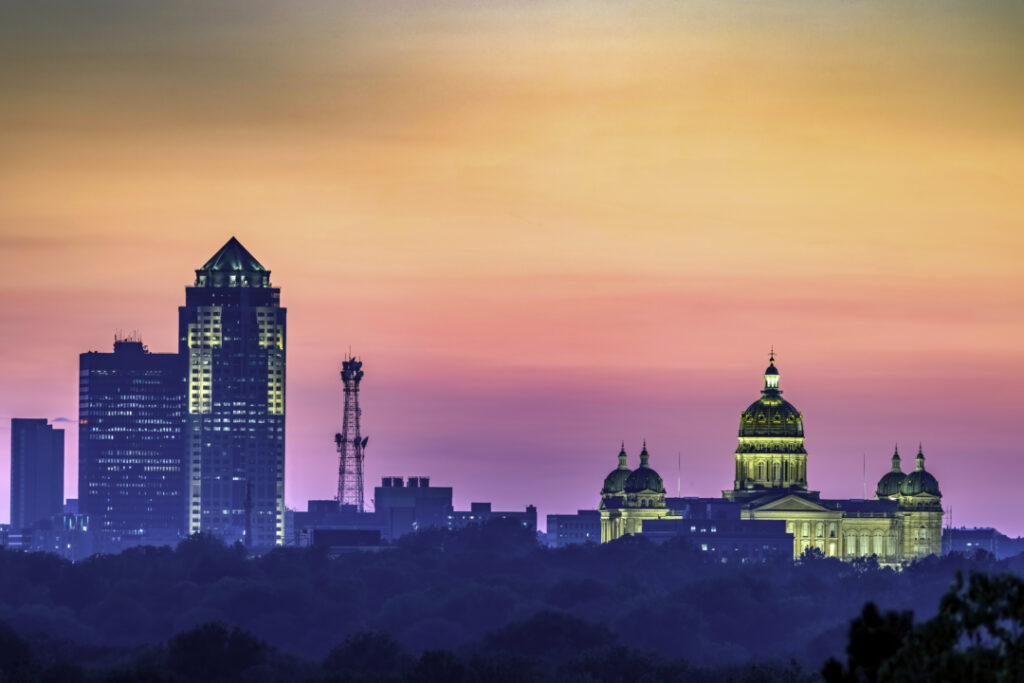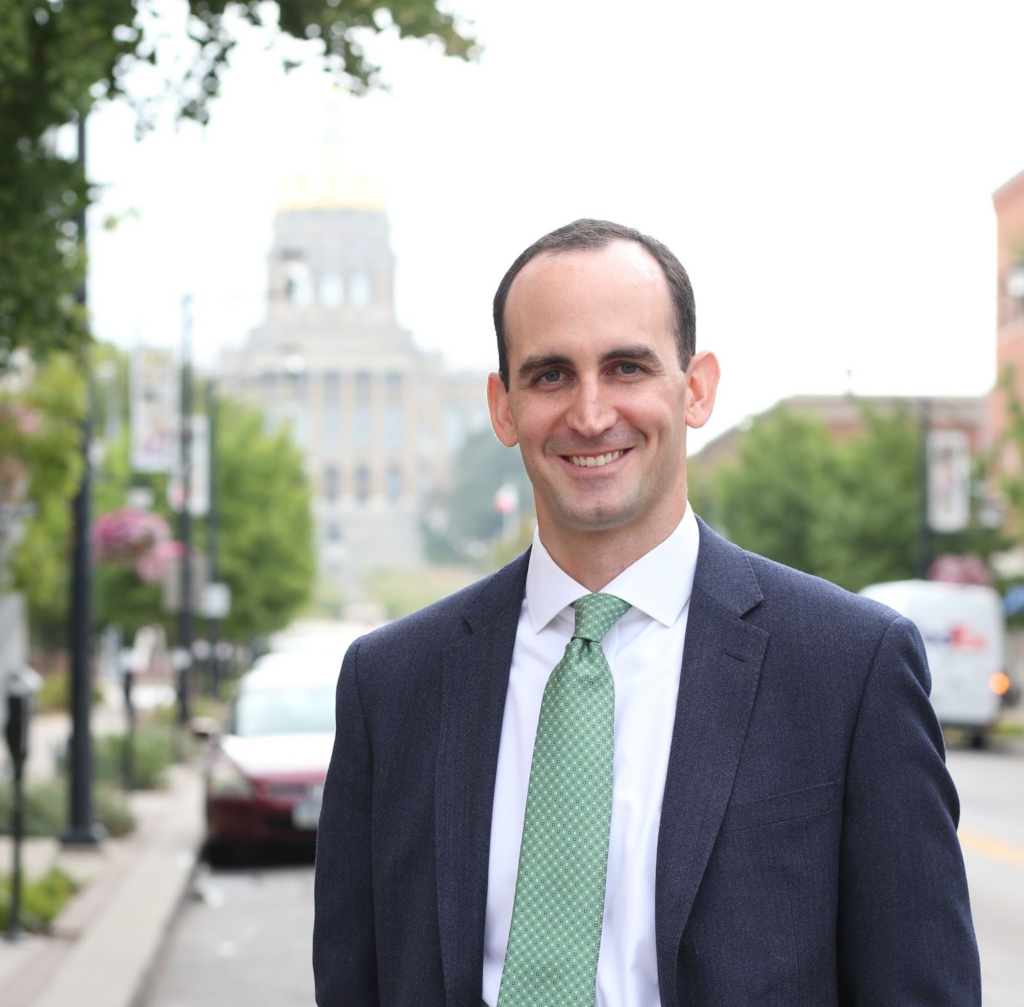Val Air Ballroom in West Des Moines reopens on Sunday
Nearly $15 million in renovations completed at historic venue

Kathy A. Bolten Feb 22, 2024 | 3:41 pm
5 min read time
1,205 wordsAll Latest News, Arts and Culture, Real Estate and Development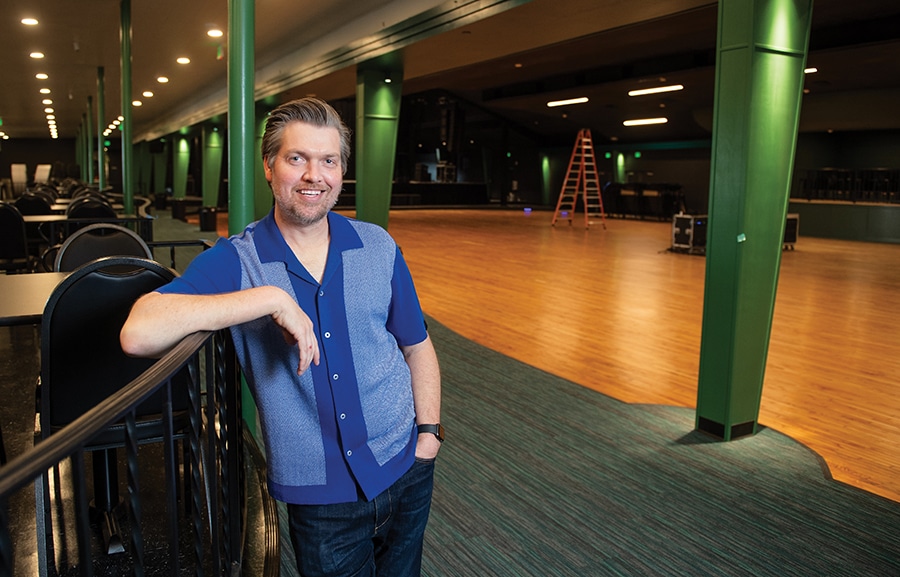
Sam Summers is returning to his local music promotion roots.
On Sunday, Summers will reopen the historic Val Air Ballroom in West Des Moines with a special “sneak peek” event. On Feb. 29, the band Greensky Bluegrass will headline the first concert at the venue since the completion of its nearly $15 million historical renovation.
“I used to [book] shows at the Val Air when I was in college,” said Summers, owner of First Fleet Concerts, a promotion company he started in the mid-2000s while attending Iowa State University.
“Those shows are what launched me into my full-time business. The Val Air is a pretty special place to me.”
Summers acquired the Val Air in January 2022, paying $1.9 million for the 8.5-acre parcel at 301 Ashworth Road in West Des Moines. He closed the venue in late 2022 for renovations.
The ballroom, which has operated for nearly 85 years, was built in three phases. The venue’s foundation was constructed around 1921 and originally was intended to be the floor of a multilevel factory building, according to an application to the National Register of Historic Places. The factory was not built for financial reasons.
In 1939, Thomas Archer acquired the property and built a partially covered ballroom on top of the abandoned factory foundation, according to the application, which was completed by local architectural historian Alexa McDowell. The covered portion of the facility included a hardwood maple dance floor, a stage, a coat checkroom, bars and restrooms. The open-air portion of the ballroom had a polished concrete dance floor.
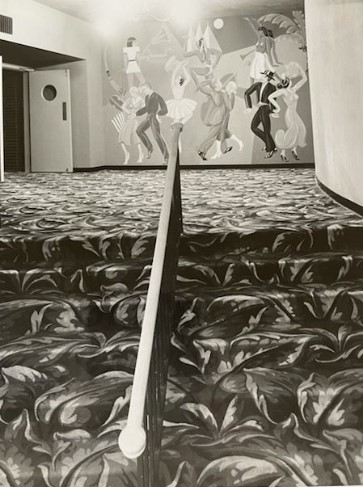
Archer also owned and operated the Tromar Ballroom, a fully enclosed venue in downtown Des Moines. The Val Air was a seasonal ballroom, operating only in the warm-weather months.
“Ballrooms were prolific across the country and in Iowa … during a time when there wasn’t TV and social media,” McDowell said. Ballrooms “were a place for people to come and gather. It’s how they learned about popular music. It’s how they socialized.”
By the mid-1950s, interest in ballrooms began to wane, McDowell said. Movie theaters were gaining in popularity. So were roller skating and bowling.
Around 1955, Archer enclosed the Val Air and converted the Tromar to an indoor roller-skating rink. Des Moines’ only other ballroom at the time was the Riviera at Riverview Park in north Des Moines. (Both the Tromar and Riviera were destroyed in fires: the Tromar in 1963; the Riviera in 1980.)
“Communities started losing interest in these venues and a lot of them went away,” McDowell said. Over the years, ballrooms have been converted to other uses such as wedding venues and event centers.
The Val Air, whose interior was redone in 1961 after a fire, was for sale for over six years before Summers acquired it. Restoration of the historic structure required patience and perseverance, he said.
The Val Air, which was placed on the National Register of Historic Places in fall 2022, received $3.2 million in historic tax credits from the state of Iowa and up to $1.18 million in property tax rebates from the city of West Des Moines. The project also received $1 million from Destination Iowa funds.
“If you don’t have those funding streams, the project doesn’t pencil out financially,” said Summers, a co-owner of Wooly’s, a live music venue, and Up-Down, an arcade bar, both in Des Moines’ East Village. Summers is also the founder of Hinterland Music Festival in St. Charles. “The cheaper option would have been to tear it down and build something else. … I’m not saying it would have wound up on the chopping block because it’s a pretty important building.
“But somebody needed to step up, and I was ready to do it.”
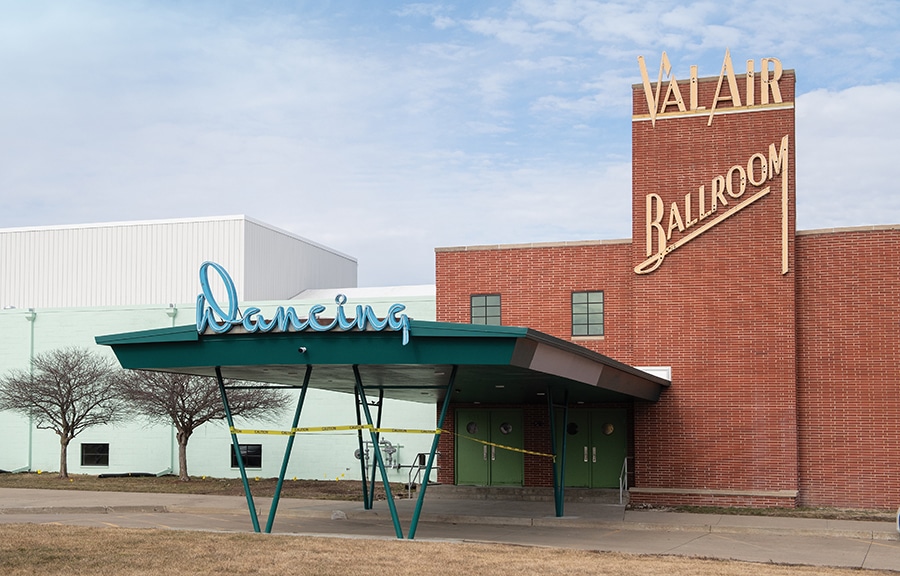
The building was in dire need of repairs, particularly the roof, which originally was tin, Summers said. A thin, deteriorated layer of insulation was between the ceiling and roof.
“What was here before actually wasn’t rated high enough for a [heavy snow],” Summers said. The roof also didn’t keep loud music inside the venue.
Between the Val Air’s new roof and ceiling, layers of a rocklike material and dense insulation were installed. The materials keep loud music inside the venue but also help keep it cool during Iowa’s hot and humid summer months, Summers said.
“Because it got so hot in here, [the former owners] would open the doors and the sound would get out and disturb the surrounding neighborhoods,” Summers said.
Other improvements include upgrades to the heating and cooling systems and sound system. A new 4-foot, 6-inch stage was added on the west side of the venue. The roof over the original stage was removed and a box-like structure installed above the stage, providing more room to hang speakers, lights and other equipment.
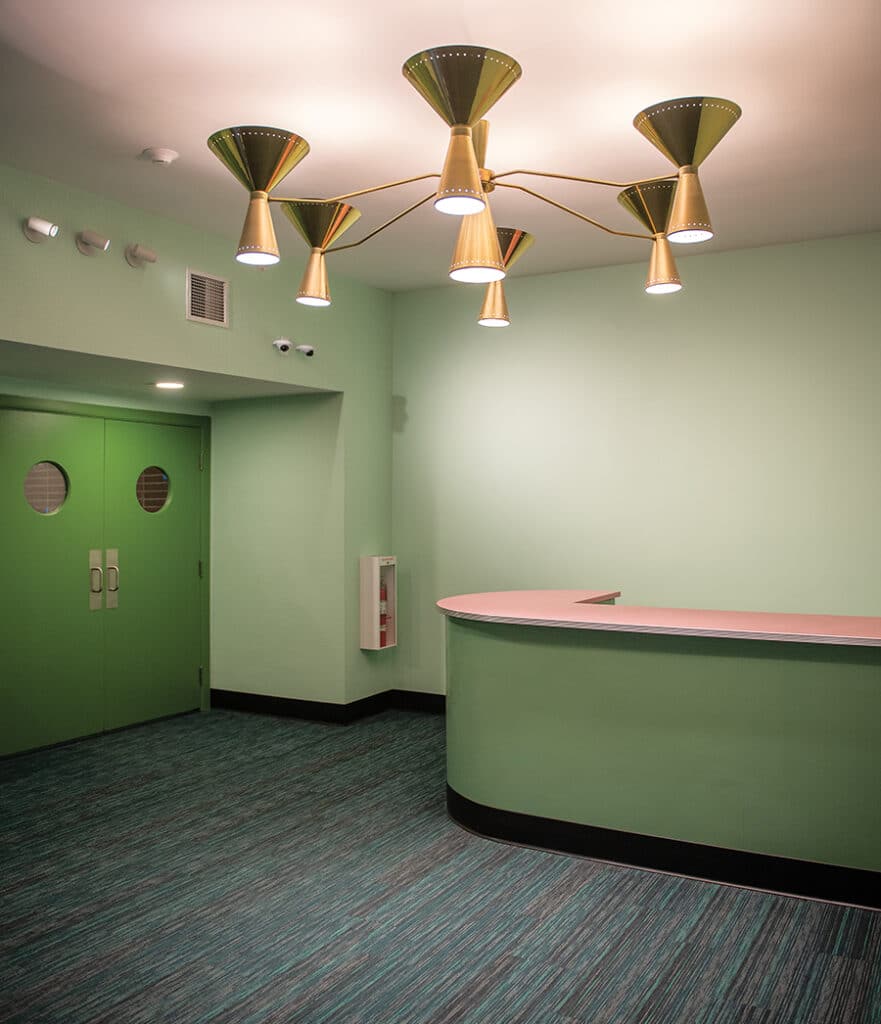
Also, the ballroom’s original 72-foot by 140-foot maple dance floor was refurbished. Some of the venue’s original light fixtures were cleaned and fitted with LED lighting. Restrooms were expanded and new carpet installed. Walls were painted a mint green, a color that had been used in the Val Air’s early days. Light pink Formica countertops are in the bar and concession areas.
“We found some green paint when stripping the walls, so we decided to go with the green palette,” Summers said.
Summers hopes to host at least 100 events a year at the Val Air, which holds up to 2,500 guests. To date, 27 concerts have been booked. The venue can be rented for such things as weddings, high school dances and other events, he said.
Once the Val Air is operating smoothly, Summers will focus on completing improvements to the venue’s lower level that is being converted to a restaurant and bar.
“There used to be just dirt and standing water down here,” Summers said. Concrete flooring has been added to areas that were just dirt. An entrance has been added for people with disabilities. Plumbing has been installed for an L-shaped bar and full kitchen. Electrical wiring has also been installed.
“Back in the day, this used to be a speakeasy,” Summers said.
According to the application to the National Register of Historic Places, an injunction was filed in the mid-1940s against Archer and his company for the illegal sale of “intoxicating liquor” in a place known as “Club 100” that was in the building’s lower level.
“We’re not going to call it a speakeasy, but it will be that vibe,” said Summers, who estimated the restaurant and bar would open by late fall.

Kathy A. Bolten
Kathy A. Bolten is a senior staff writer at Business Record. She covers real estate and development, workforce development, education, banking and finance, and housing.

